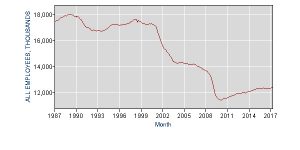My student Scott Nivison, who just completed his Ph. D. under my guidance at the University of Florida, will present a paper entitled A Sparse Neural Network Approach to Model Reference Adaptive Control with Hypersonic Flight Applications at the 2018 AIAA Guidance, Navigation and Control and Intelligent Systems Conference of the 2018 SciTech (http://scitech.aiaa.org/) Conference in Kissimmee, FL in January 2018.
Abstract: Neural network-based model reference adaptive control (MRAC) is an effective architecture used in the flight control community to combat significant uncertainties where the structure of the uncertainty is unknown. In our previous work, a novel adaptive control architecture called sparse neural network (SNN) was developed in order to improve long-term learning and transient performance of flight vehicles with persistent uncertainties which lie in various regions throughout the operating regime. The SNN is designed to operate with small learning rates in order to avoid high-frequency oscillations and utilizes only a small number of active neurons in the adaptive controller in order to reduce the computational burden on the processor. In this paper, we enhance the SNN architecture by developing an innovative adaptive control term which is used to mitigate a control effectiveness matrix. Furthermore, we design a robust control term and a strict dwell time condition in order to ensure stability while switching between segments. We demonstrate the effectiveness of the SNN approach by controlling a sophisticated hypersonic vehicle with flexible body effects.


